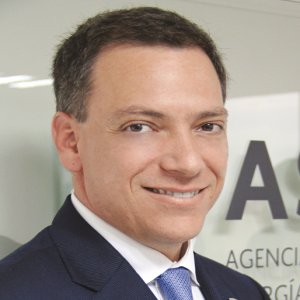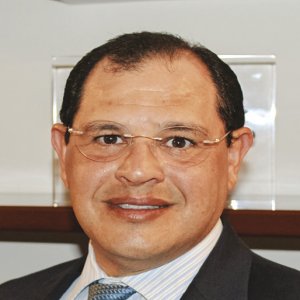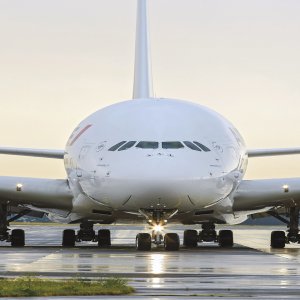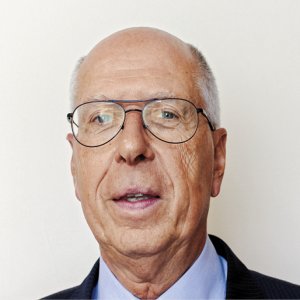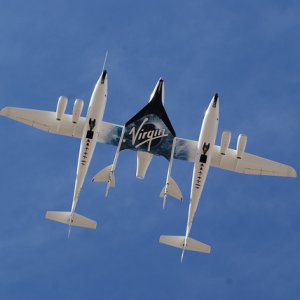Bucking the Location Trend Provides Advantages

STORY INLINE POST
Q: What attracted Latécoère to Hermosillo when most aerospace companies are in other parts of Sonora?
A: First, we are located close to the US border, which allows us to transport our product by land to our clients in Charleston and Wichita. Second, Hermosillo is a city with many talented candidates. Latécoère was one of the first aerospace companies to land here and being the first was a great advantage to recruit people without major problems. Third, the company was in close relationship with the government from the very beginning. Sonora’s government accompanied us from the moment we started building our facility. Thanks to the government’s help, we could start producing only three months after the building was finished.
Q: What advantages does Latécoère’s plant in Hermosillo provide the company in terms of its global strategy?
A: Our assembly plant in Hermosillo enables Latécoère to be close to its clients based in the US. This plant assembles Boeing 787 doors and Airbus harnesses. In November 2017, we will ship the 2,000th door produced in Sonora. Aircraft doors also need harnesses, so Latécoère not only wants to build these harnesses but also aims to integrate them into the structure of the doors produced here before shipping them to the final client.
The plant has two main divisions: Aerostructures and Interconnection Systems. Our Aerostructures division manufactures all passengers’ doors for the Boeing 787. The next step will be to transfer from France the baggage doors for Bombardier CRJ700 and CRJ900 aircraft. Although it is a small door, it will allow Latécoère to demonstrate to Bombardier that the Hermosillo plant is efficient. Latécoère will transfer the production line of the Bombardier’s CRJ700 and CRJ900 baggage door to Mexico by the end of 2017.
The Interconnection Systems division in Hermosillo plant produces a variety of complex harnesses such as the 20VU section harnesses, complete wings, wingtips, flaps, power feeders and vertical tail plane harnesses for different Airbus aircraft such as the A320, A330 and A350. These products are shipped to France and Germany.
Q: How is Latécoère improving the landscape of the aerospace industry in Sonora?
A: The aerospace industry is not as automated as the automotive industry, so we introduced three Alema-type robots from KUKA Roboter in the production of the Boeing doors and are introducing a SPIE automated riveting machine. This is a robot equipped with a riveting machine to fasten the door’s skin to the structure.
Q: What are the key challenges when assembling new products in Hermosillo?
A: The first is focused on behavior when building your crew; behavior is the mandatory foundation to develop great employees. We prefer people with great potential to people with existing industrial skills. People are eager to learn, to do the right thing and to take challenges with pride.
The second is to train the personnel we require. Training is instrumental to get a reliable workforce that follows instructions. That definitely leads to quality work.
We have implemented several programs to prepare people to work with our products. For instance, Latécoère developed a training center alongside Sonora’s government called the Sonora Institute for Aerospace and Advanced Manufacturing (SIAAM). Also, once employees start at Latécoère, they receive one of two distinct kinds of training depending on the division in which they will be working. Training in the Aerostructures division lasts up to five months. Interconnection Systems, on the other hand, has an internal training program with special qualifications that requires one month. The employees of the Latécoère plant in Hermosillo are well qualified. To reduce turnover, we provide attractive benefits and a pleasant work environment so employees are pleased to work with us.

